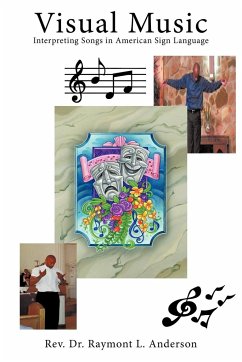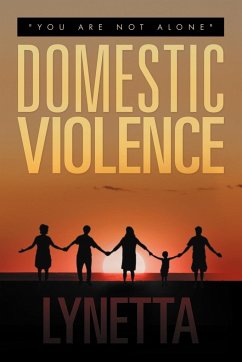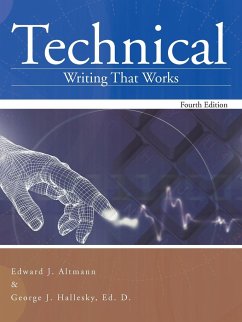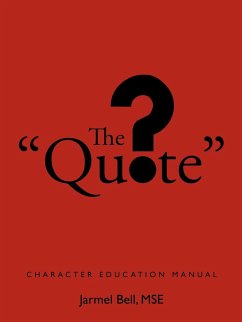Over the years, I have met countless people who desire to sign (interpret or perform) songs in ASL. It has been my experience that, of those that want to do this, many are unaware of how to do so in a conceptually accurate manner. There are many people stuck in the box of transliteration only because they don't know how to get out of that particular box. Many of us are not taught how to sign in a more idiomatic and visual manner, let alone sign songs that are inherently more conceptual than literal. What I am presenting for you in this text is a summarized version of what I teach in my "American Sign Language and Performing" class at Prince George's Community College. I have selected several of the tools and skills that I have learned and have used since beginning this performance art form in 1992. Having successfully used them and taught them to others who have also successfully used, I know that they work. My presentation format is similar to the way I teach the course and I hope that you find it as easy to follow and free flowing as you would in the class. While this book was written to address certain issues related to "perform / interpret" songs in ASL, I want to make sure it is clear that this text is also of benefit to those who adamantly are opposed and disinterested with music and ASL. The skills I will introduce, such as conceptual accuracy, use of facial expression and body language as a storytelling device, use of visual vernacular, acting and several "Rayisms," will be beneficial to anyone and everyone seeking to improve their expressive ASL skills. OK, so relax, take a breath, turn the pages, and get ready to put your hands up and sign, act, and dance your way to greater proficiency.
Hinweis: Dieser Artikel kann nur an eine deutsche Lieferadresse ausgeliefert werden.
Hinweis: Dieser Artikel kann nur an eine deutsche Lieferadresse ausgeliefert werden.








